There are a few search terms which are so open they bring up more wrong results than right ones. When you search something relating to the town of Reading, you get book-related results, and ‘Made’ (a small place in Holland where Simon used to go for work) brings up millions of non-Dutch things. More recently, I’ve been looking for mugs on Bridgeman Images and getting pages mostly filled with shots of thugs and criminals.
[‘Striped Roses in a Ship Mug’ by John Henry Lorimer (1856-1936)]
The reason for this was the need to get some new mugs. And it has been a long, drawn-out process because it’s not something you can rush into ie I’m very fussy. Fussy about the shape, the size, the material, the thickness, the handle, the pattern. Every aspect of something I use a fair few times a day.
Looking back, I think I’ve always been like this. I used to disguise this fussiness by calling it a “preference”, but actually it goes much deeper than that. I don’t care what I’m given tea and coffee in when I’m in other people’s houses, but I do object mightily to sad little cups and saucers in cafes where you pay £3.95 for what is effectively a tea bag and some hot water but then it comes dressed up in crockery (teeny cup, saucer, jug) you’d never use at home when in fact a good old-fashioned plain mug would be more than alright, it would be brilliant.
At home, though, it’s different. And I’ve recently become aware of the extent of this “preference” because in a short space of time, all my favourite mugs were put out of service either by being broken or due to the fact that the glaze came off and it felt like drinking from a sandpaper-covered vessel. I exaggerate, but only a little. I’m a sensitive flower.
It’s taken me quite a few months to find the right replacements, and now all is good with the world again. But at times it felt like I’d never find a mug I could be happy with. (It is like finding the right partner.)
[1937 Coronation Mug, Eric Ravilious]
If only I could have a full set of Eric Ravilious’ Wedgwood commemorative mugs. These are just fabulous: smooth bone china, beautifully, wittily decorated often with joyful fireworks, elegant straight sides, plain and simple handle with a nice sinuous curve, and a little detail inside which is revealed as you drink. But, and I can’t believe there is a but, they are too large. I guess they weren’t actually meant for tea and toast and the quick crossword in the mornings, but more for glass-cabinet display.
[‘February Coronation Mug’ by Angie Lewin]
But for holding pens and knitting needles and spring posies, though, they’d be wonderful. (I wouldn’t dare, not when they can be worth £13,500). I do have one of the reproduction Ravilious Alphabet mugs which were released a few years ago. I love his design ingenuity and choice of illustrations for each letter, and the way a little yacht floats just on the surface of your drink. But, oh dear me, it is a tad too small for my usual volume of tea, and I wouldn’t want to sink the yacht by overfilling.
But talking of little surprises inside mugs, I went to the excellent Potteries Museum & Art Gallery this week, and came across a huge collection of frog mugs. Yes, mugs with frogs inside. These have been around since the C17 and were all part of the fun and hilarity, allegedly, of practical jokes and drinking games. They were not really for sober tea-drinkers, and anyway a frog in the bottom of my mug would make me shriek every morning.
I also came across the Stokie Alphabet mug, this time full of references to and pride in the Potteries, the place which once made millions and millions of mugs.
Including those used by the Beatles. They drank inordinate amounts of tea (and other beverages, or ‘beveraginis’ as Smithy says in ‘Gavin and Stacey) usually out of catering-style thick white cups and saucers. But the epic Get Back film prompted much online discussion of this stripey mug (KSP ‘Bracken’ design, 1960s) which led to a tulip mania style run on eBay - who knew mugs could be part of an investment portfolio (see also Ravilious) - and now a replica ‘Get Back Beatles Mug’. However, size-wise I can see immediately that it is too small.
Not that I can compete with Tony Benn who apparently drank up to sixteen humungous mugs of tea a day; on a train journey he once calculated that he’d ‘drunk enough tea to float the QE2’.
[Staffordshire mug (c1820) with sign language alphabet]
I’m also rather demanding when it comes to handles, too. For a start, I need one. Something like this wonderful alphabet mug would do nicely. We saw ‘The Cup and The Ceramist’ exhibition in the Design Museum in Copenhagen and I very much disputed their claim that if it’s a mug, it doesn’t have a handle, and if it’s a cup, it does. Sadly, too many cafes there serve coffee in handle-less ‘mugs’ and, speaking as someone who likes their hot drinks ‘scalding hot’ as they say in novels when someone needs putting right, I find it impossible to get the timing of drinking right.
[Tony Blair, often seen with a mug in his hand. AS IF. Did he ever drink from the mug or just pretend, like they do in films?]
I mean, how are you going to look like a man of the people if you don’t have a mug with a handle to grab and pose with? A handle-less mug is going to look far too hipster. Especially as the mug is the symbol of ordinariness, approachability, hospitality, chattiness and chumminess. A useful prop when you are a politician, except that with Tony Benn it was genuine and there’s a fine line between it working and failing, as Sunak found with his ‘mug-based messaging’. Cue lots of mug jokes.
[mochaware with dendritic patterns belonging to Ben Pentreath]
Back to usefulness and beauty, though.
If can’t have one each of Ravilious’ mugs, I’d like a vast collection of mochaware. This began in the Potteries in the 1770s and was called mochaware because its decoration resembled the patterns found in moss agate also known as ‘mocha stone’, a semi-precious gemstone imported - with coffee - from Mocha in Yemen.
[‘Tree Mug’ (1979) by Ben Nicholson]
But there’s a whole range of patterns associated with it: straight lines, wavy lines, dots, swirls, waves, feathers, foliage, and dendritic markings (more here) - this is the mug as artistic vehicle and site of ceramic experimentation. I read this article and went to see the exhibition of mochaware and, oh my goodness, it’s all beautiful. The problem is that you need LOTS of it.
[‘Three Crocuses, Quail’s Egg and Mug’ (1987) Mary Fedden - mochaware mug again]
After all this, you won’t be surprised to know that, as with washing lines and milk bottles, I like finding mugs in paintings. If I can’t own them, I can at least look at them.
[‘1944 (three mugs)’ by Ben Nicholson]
Ben Nicholson was a top mug painter and had a large collection of mugs and mochaware. A little while ago, Pallant House had an exhibition based on Nicholson’s still lifes of the objects in his studio (the catalogue is good), but it didn’t begin to cover the huge number of mug works he produced. He used a flattened mug shape over and over again; the straight sides, curved handle, and blocks or stripes of colour are all you need to know it’s a mug, even when they are all almost completely abstracted. Proving that this very ordinary and traditional domestic object is also a great modern subject.
[‘Pink Lustre Mug and Fan’ (1909) by William Nicholson - Sunderland Pink Lustre Ware mugs also often had frogs in them]
And it’s interesting that Nicholson père also painted mugs. As an artist who had a genius for capturing shiny, iridescent, reflective surfaces, his pink lustre ware mugs are just beautiful - but my fussiness, not to mention budget, precludes them from being on my list because they are not dishwasher-safe.
[‘Candide and Butter’ (2009) by Emily Patrick]
Most of all, though, I like paintings with this sort of ‘domestic arrangement with mug’. One that reflects our own weekend breakfast table with flowers and jam and reading matter.
[‘Morning Coffee’ (2019) by Florence Hutchings]
Simple, unfussy (unlike the mug-user), untidy, and all you need. I’d also very much like to have one of these Bialetti coffee makers to complete the look, and even bought one once thinking how stylish it would be on the table, and then realised they don’t work on an induction hob. Even I couldn’t bring it out just for show, so it was given away.
So which mugs did I end up getting? Well, after not returning to the Orla Kiely mugs I had a few years ago (I felt there’d been OK overload, a bit like Cath Kidston, plus I genuinely thought she’d gone out of business), I came across a few in a shop and realised that there they were, mugs in my ideal shape and size (large, not standard) and material. So we now have a replenished mug shelf with new OK patterns, and tea-time is a happy time again. One minor issue: it was only after a week’s use that I saw that on the base it says that hand-washing is recommended. Noooooo.
As they would say on The Apprentice, “Jane Brocket’s search for the perfect mug… continues”.
Happy Sunday!
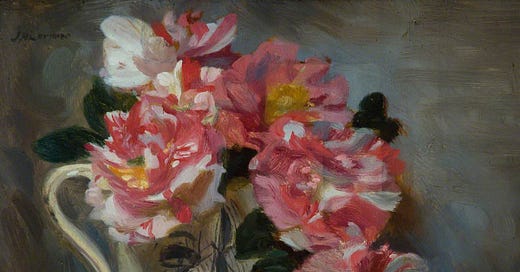



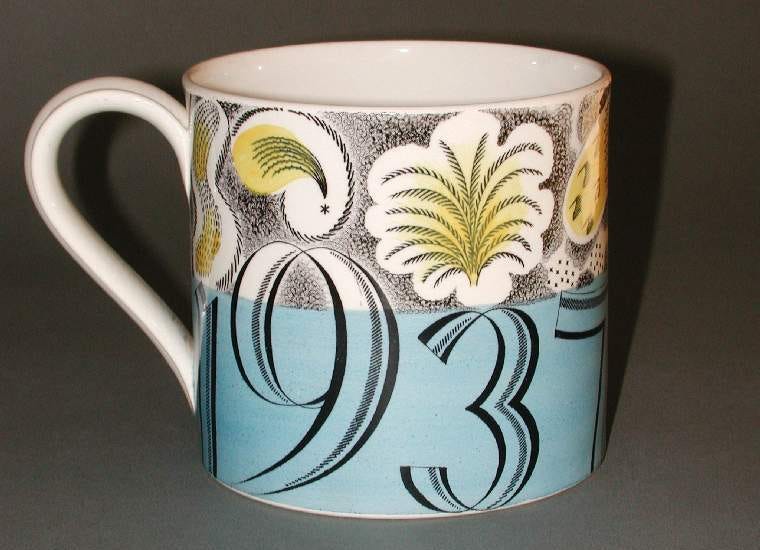

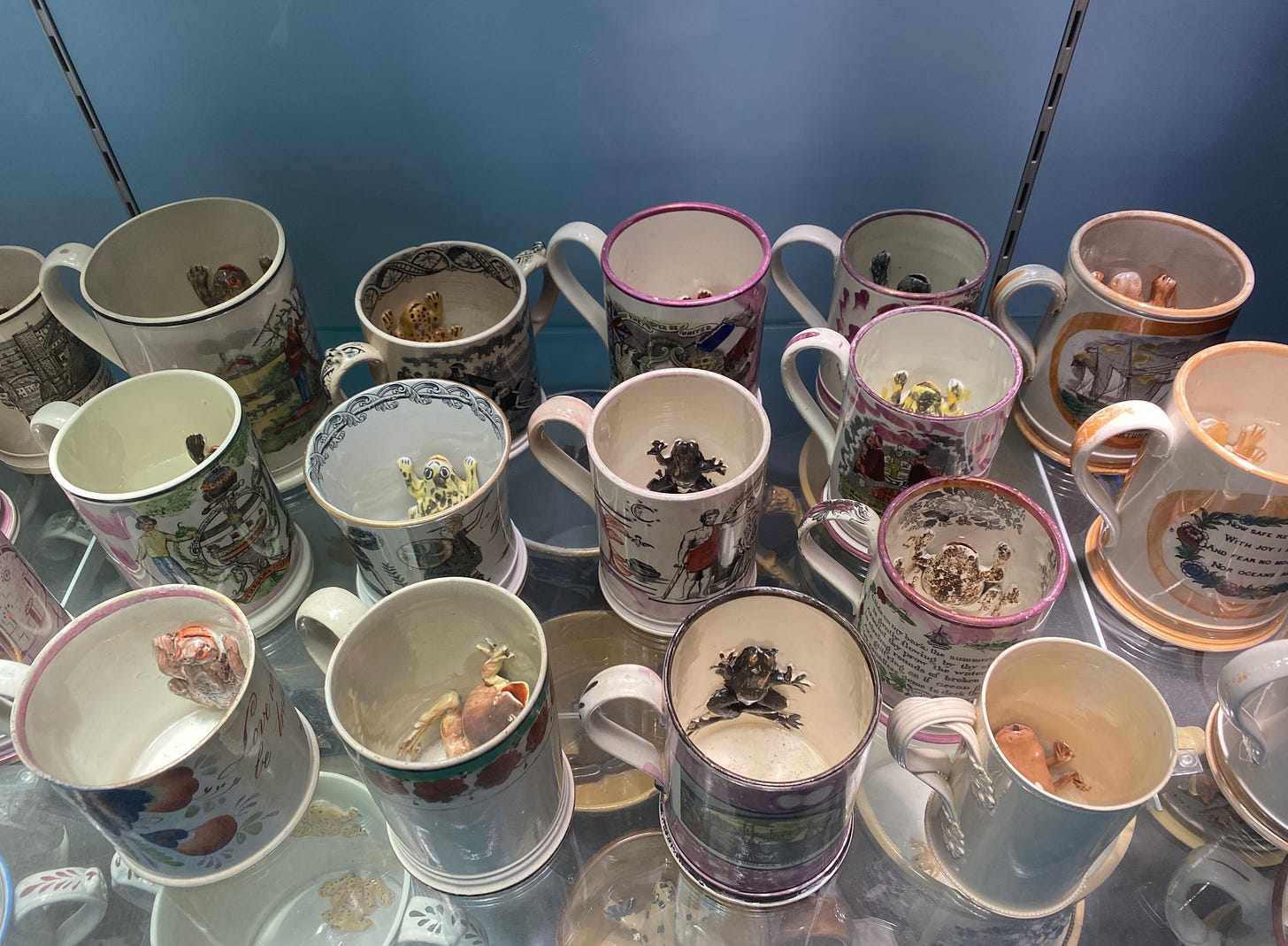
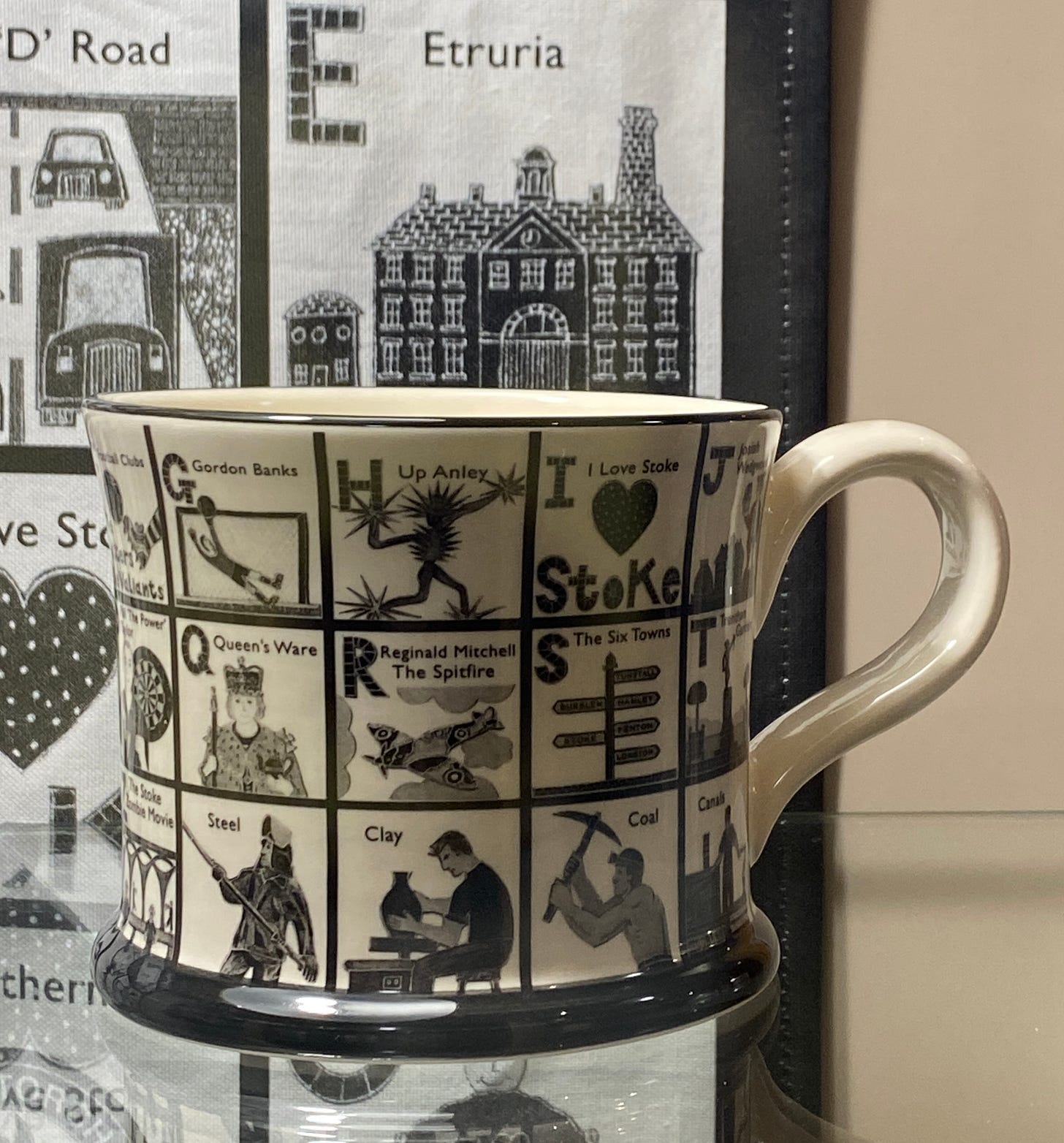
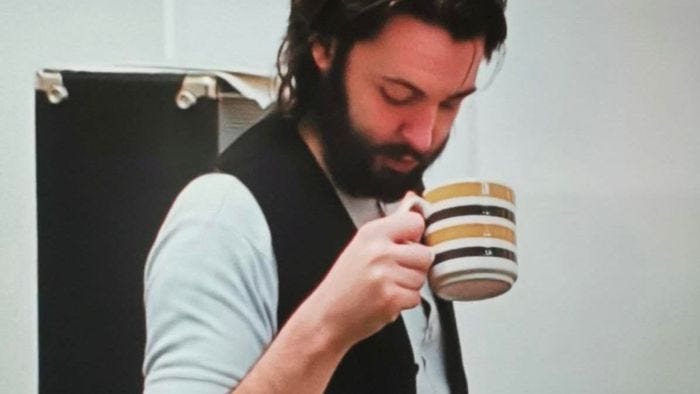

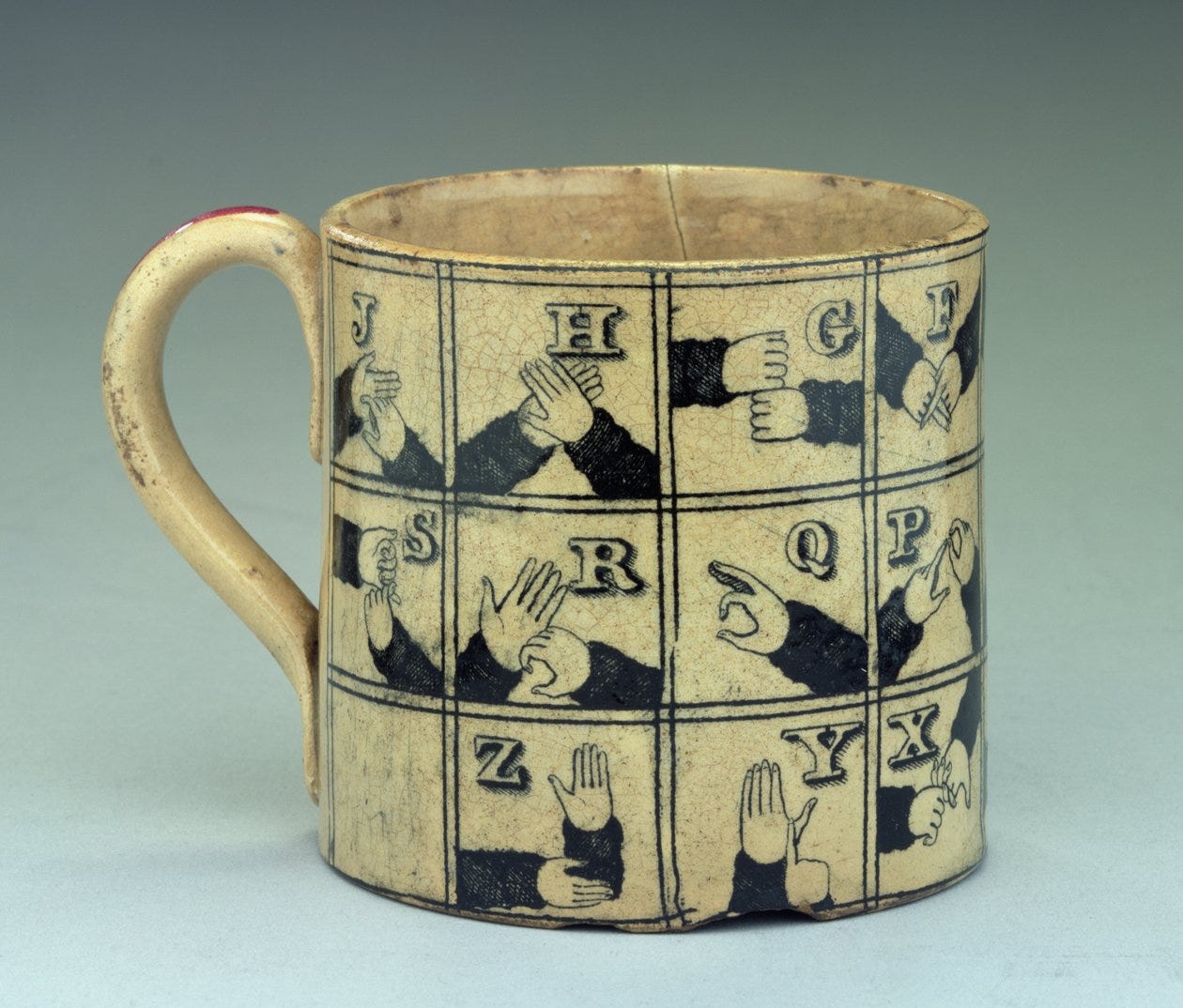

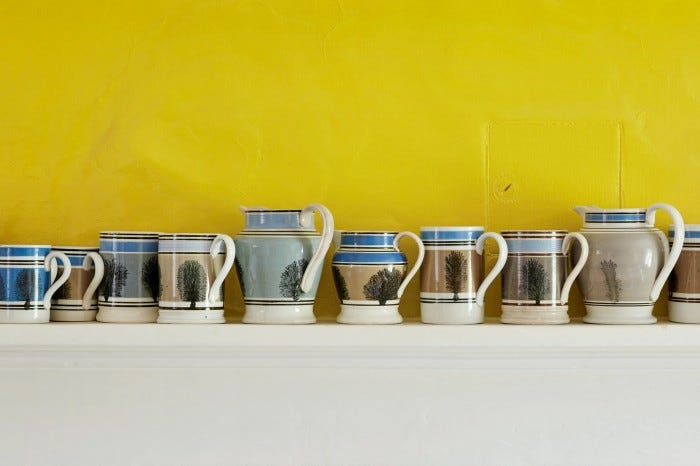



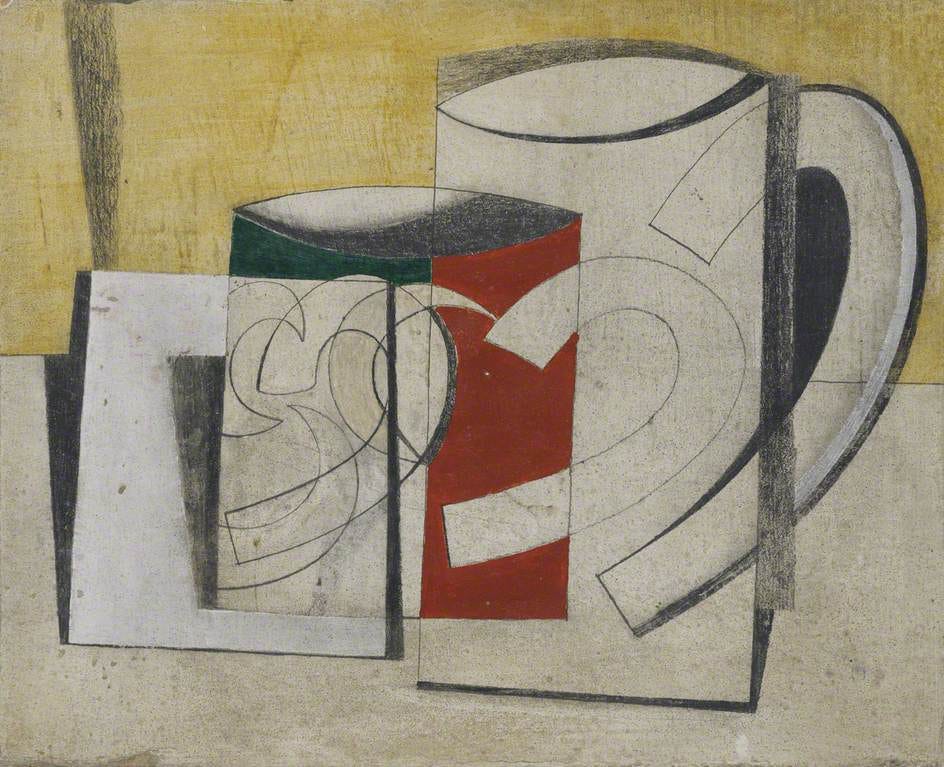
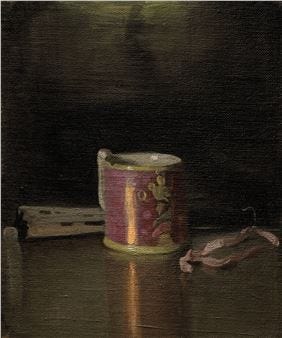

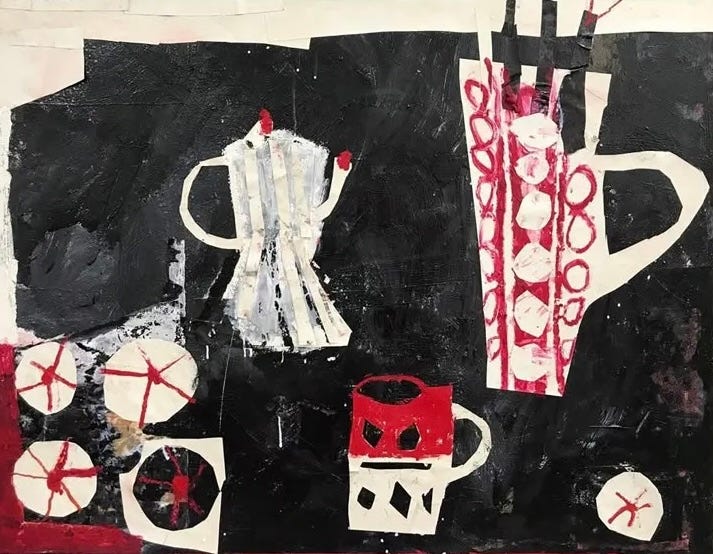
You can get an induction BialettI! I am also incredibly fussy about mugs and cups, (my husband calls me a cuppist) but after my many years on the planet I have an embarrassment of them, no sets just many and varied.
The correct mug is a huge part of the enjoyment of the beverage. Personally I prefer glass mugs for coffee, bone china for tea. I dislike wide tops (cools too easily); low handles (very unbalanced); and small mugs (not satisfying at all!) The search continues 🙏